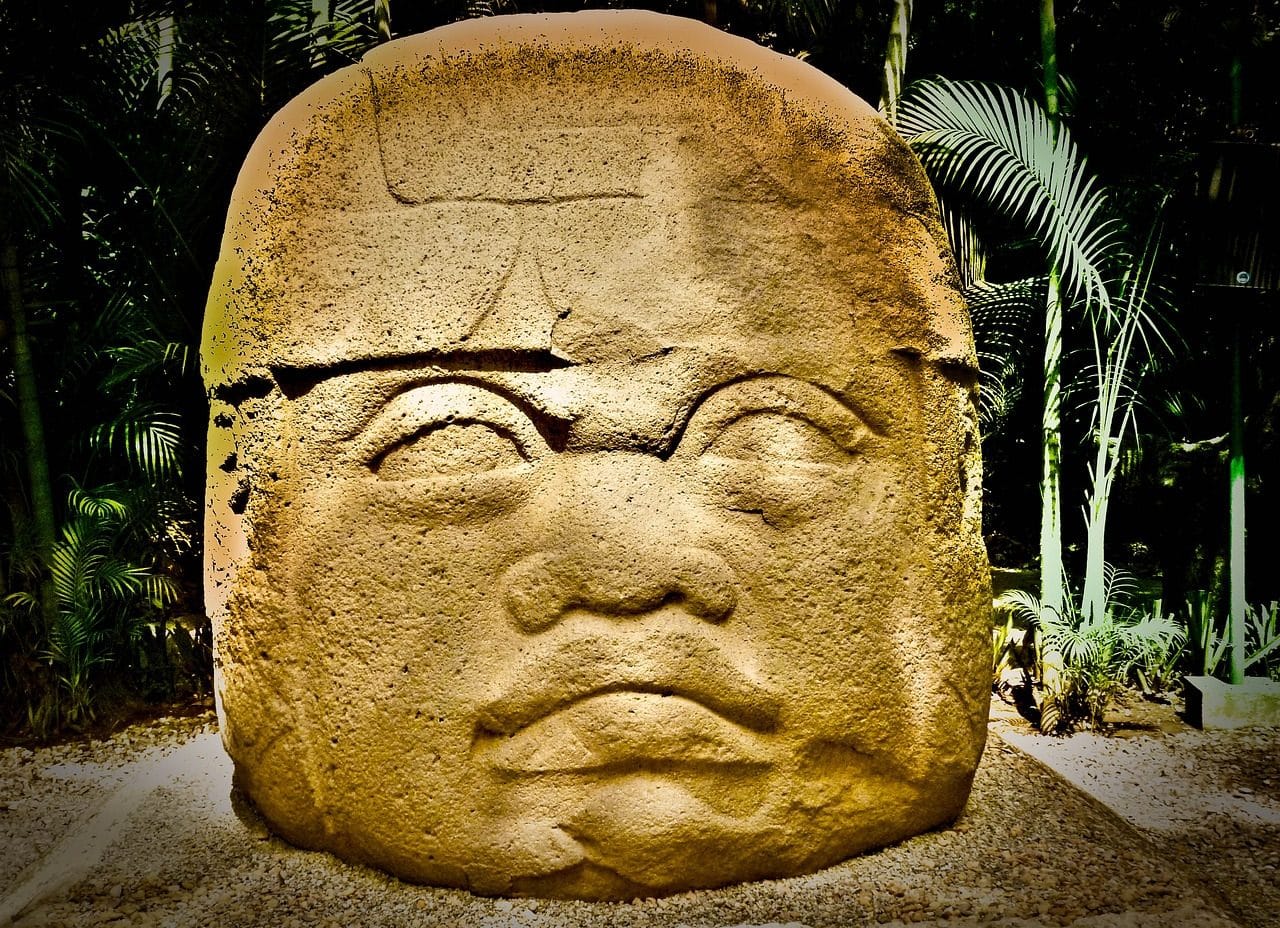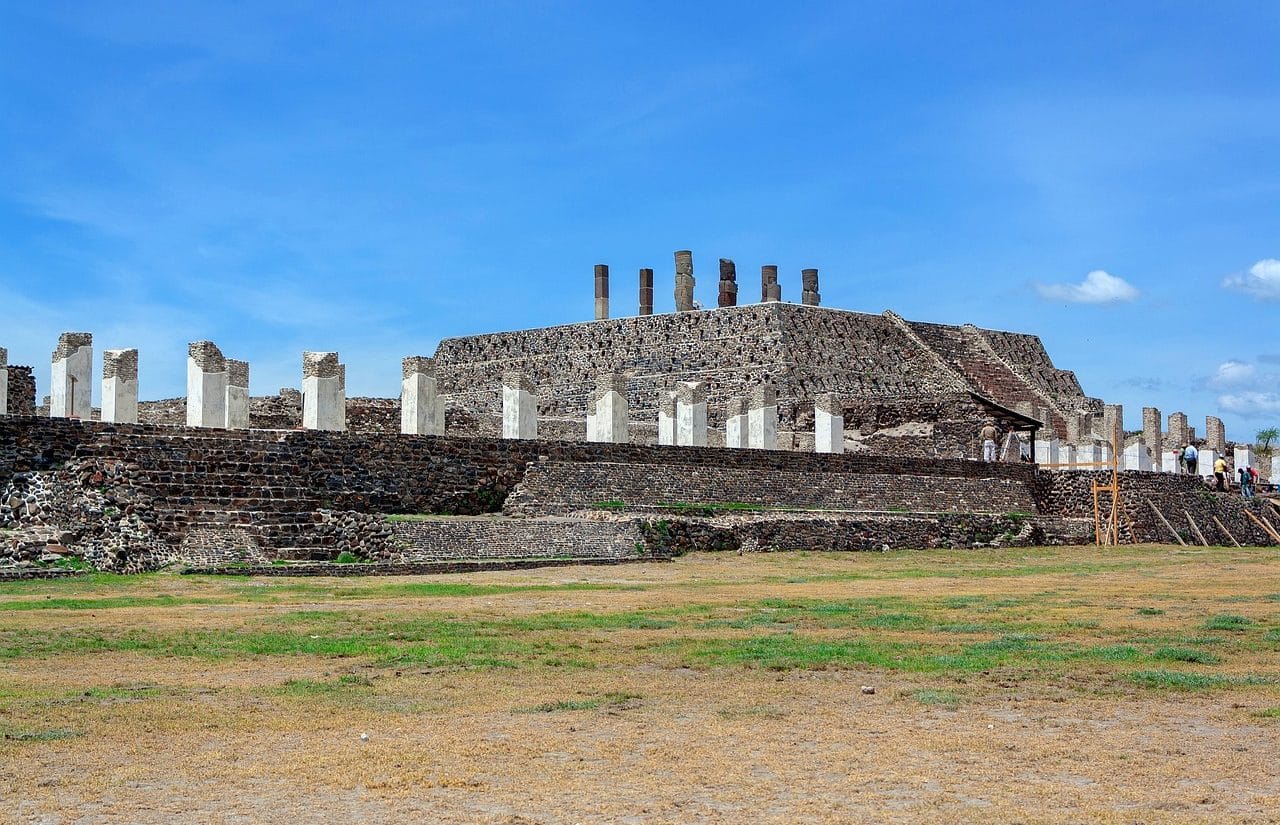
The Olmec culture developed in areas of current Mexican territory.
Olmec is the name of a people who resided in a region of Mexican territory during the so-called Mesoamerican preclassic period . This ancient civilization developed especially in areas that today belong to the states of Tabasco and Veracruz .
Archaeologists believe that the Olmecs lived between 1,200 and 400 BC. C. The remains found allow us to infer that they had three large ceremonial centers, known as Tres Zapotes , La Venta and San Lorenzo .
Tres Zapotes was the most recent, when civilization was already in decline. San Lorenzo , on the other hand, was the first Olmec ceremonial center. Between the two, there was the most important center: La Venta , where it is believed that about 18,000 Olmecs lived. It is important to note that, beyond Mexican soil, Olmec vestiges have been found in countries such as Belize , Nicaragua , Honduras , El Salvador and Guatemala .
The Olmecs and writing
Among the achievements attributed to this people, it is estimated that they constituted the first American culture to develop writing through glyphs and to develop epigraphy (technique used to make inscriptions on hard materials, such as metal or rock). On the other hand, the Olmecs created their own calendars to measure and represent time . This speculation is based on the fact that the Olmecs were the first civilization to settle in Mesoamerica .
Until 2002 , there was a series of epigraphic inscriptions of considerable length that were made between 300 BC. C. and 530 d. C. However, later discoveries expanded the collection with inscriptions dating from much more remote dates, being 900 BC. C. the most distant year, which served as evidence to dethrone Zapotec writing as the oldest on the American continent.
Some scholars of Olmec culture have claimed that certain inscriptions relate the life of a ruler, although this has not been unanimously approved at the international level. John Justeson and Terrence Kaufman , two linguists who dedicated years of work to deciphering the Olmec language, came to the conclusion in 1994 that it was a Mixe-Zoque language, ancestor of proto-Zoque and relatively related to proto-Mixe. all three belonging to the Mixe-Zoquean linguistic family, a series of languages spoken in the isthmus of Tehuantepec , western Chiapas and the Juárez mountains.

The Olmec culture is among the most important of the pre-Columbian era.
The complexity of his art
Another peculiarity of the Olmecs is the complexity of their art . Researchers still cannot determine the origin or purpose of giant head- shaped sculptures that were created in Olmec times. According to certain experts, these sculptures pay homage to chiefs or warriors; 17 specimens have been found so far, which are currently distributed between the La Venta Museum Park and the Xalapa Museum of Anthropology . It is worth mentioning that there are many other objects of great interest that are being studied.
One of the most striking features of the Olmec heads is their accentuated negroid appearance, which has given rise to more than one hypothesis that pointed to contacts with inhabitants on the other side of the Atlantic Ocean , although these were rejected given the lack of evidence of technology to construct boats capable of interoceanic travel in such remote times. Opposed to this theory is the possible idealization of traits, instead of a faithful representation of humans. As a curious fact, these sculptures were found underground, something that supports the idea that they were tributes to chiefs after their death.
Regarding religion , the Olmecs believed in a multiplicity of gods (they were, therefore, polytheists ) and worshiped water, the sun and other natural elements. One of their main gods was the jaguar , which is portrayed in many works found by archaeologists.
